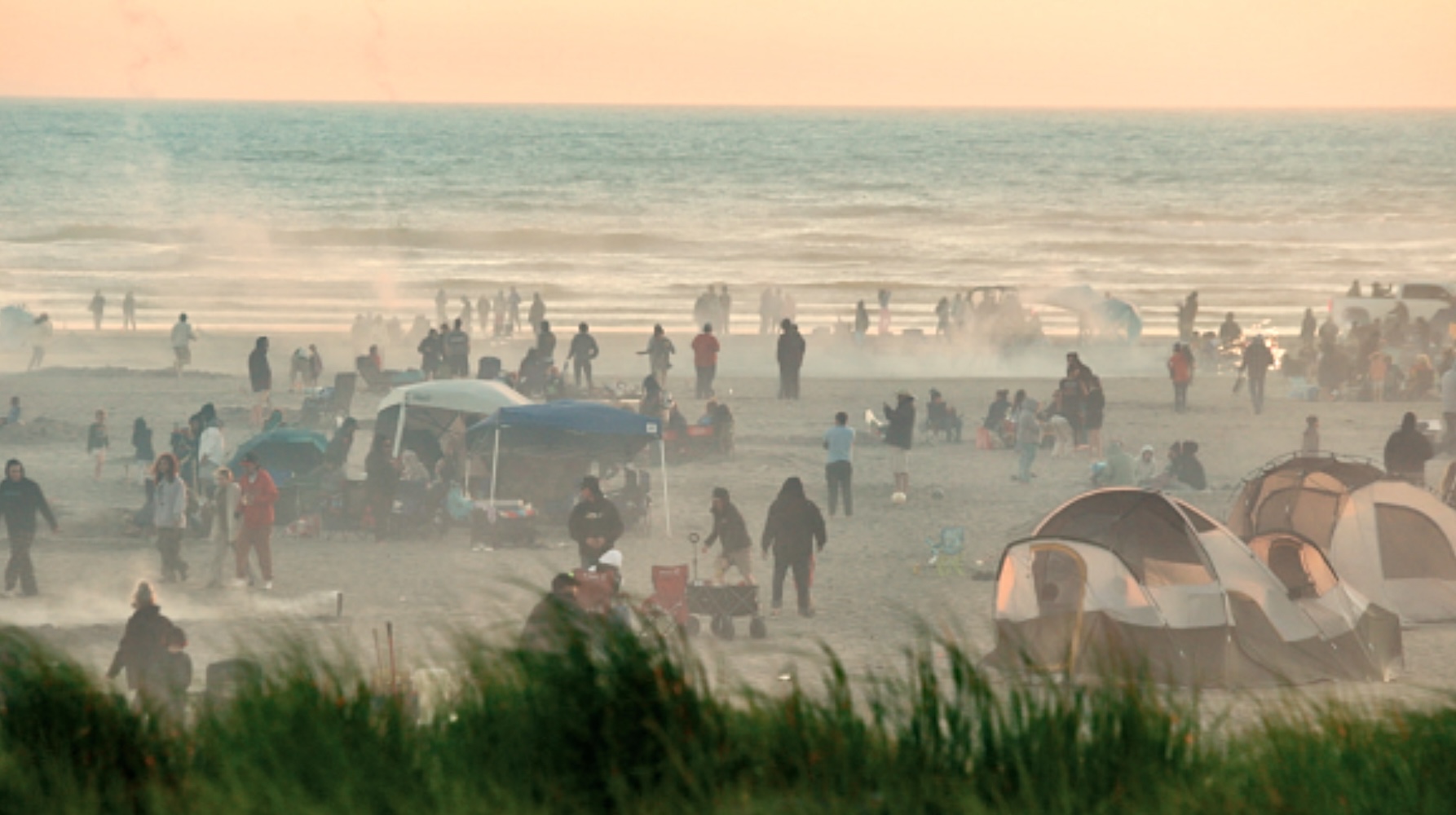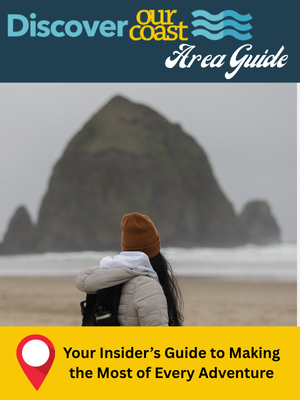Anytime, anywhere: Long Beach Peninsula 4X4 Rescue saves hundreds stranded in the sand
Published 11:53 am Monday, October 16, 2023

- The group will often gather at a local beach approach at their end of their work day, waiting to help anyone in need.
LONG BEACH PENINSULA — It started simply as a way to help those stuck in the sand.
Roughly eight months later, the ‘Long Beach Peninsula 4×4 Rescue’ Facebook group has grown to include more than 1,800 members responsible for hundreds of recoveries — from ambulances along Cranberry Approach to trucks buried to their axle above Leadbetter — a majority done by a handful of original members, including Larry Johnson, Jason Cook, Wes Griebel, Kody Martin, Joseph Smith, Jeff Huiras and founder Daniel McGee.
“There’s probably eight of us that are actively out here, then there’s some others who aren’t locals that do recoveries when they’re in the area,” Johnson said.
To join or get involved, visit the Long Beach Peninsula 4×4 Rescue group on Facebook.
In March, part-time Peninsula resident Daniel McGee officially created the Facebook group, with the following description:
“The Long Beach Peninsula is known for people venturing out and getting stuck in the sand. This group is meant to connect people with 4×4 with people who are in need of rescue.”
As a whole, the group averages one or two tows per day, but the number increases dramatically on weekends, particularly during beach-based events. The busiest days often occur during summer events and festivals, particularly Independence Day, Rod Run and the International Kite Festival, when thousands of visitors flock to peninsula beaches.
“4th of July was the busiest, because you get everyone coming to the beach,” Johnson said.
Beach recovery crew
A recovery, or pull-out, is initiated when someone reports, or posts, about stuck vehicle in the Facebook group (Long Beach Peninsula 4×4 Rescue), including a picture and location of the vehicle. The nearest available recovery crew member responds and assists with the recovery, typically within minutes.
In addition to responding to vehicles stuck in the sand, some members do informal patrols for stuck vehicles during daily commutes.
“I take the beach to work every morning, from Seaview to Ocean Park. It’s pretty common to find someone stuck,” Johnson said.
“We patrol the beach in a sense,” Cook added.
‘This past summer, with all that sugary sand, it was a nightmare for everyone. Everyone was getting stuck at all the approaches.’
Volunteer Larry Johnson
Many of those that get stuck in the sand are first-time visitors, often on vacation.
“It averages one or two per day, sometimes more in the summertime, especially when there’s more tourists out here. That’s kind of why we do it, we like having the tourists come out.”
Fast-growing group
Many of those in the group had been pulling out stuck vehicles long before there was an official group, but having a place to organize has improved the speed and process.
“It’s a place for everyone to come together and share their experience and learn new techniques,” Johnson said. “It’s a good past time. I have more fun trying to get people out.”
A founder of the group, Daniel McGee, was surprised by how fast the group grew, many simply curious to watch the spectacle from afar.
“Within 24 hours of creating the group we have 100 members. I thought it would take a year at least before we had 100 members. In the summer it just skyrocketed. We now have more than 1,700 members,” said McGee, who currently primarily resides in Gaston, Oregon while pursing a career in law enforcement as a sheriff deputy recruit in Washington County, but would often visit a family vacation in the area and assist in recoveries any time he encountered them.
McGee, who has assisted on around 60 recoveries since, was motivated to help those in need, particularly drivers that were sometimes stranded for hours waiting for help.
“That would happen all the time. If they got stuck in the weekend, usually a good Samaritan will pull them out, but often it occurs in the evening or on a weekday. We would get posts at 9 p.m. on a Thursday,” McGee said.
“I was really busy last spring during the clam digs. I was the guy that would be here in the off-hours during the clam digs. There would be five or six cars lined up and I would pull them all out and it would be quiet.” Among the recoveries that resonate the strongest for McGee was one involving a first responder.
“I pulled out a Pacific County ambulance responding to call around Cranberry Approach,” McGee said.
Being in a position to help people in need is McGee’s favorite part.
“Just being able to help people. My favorite part are the tourists that come out and see everyone going out on the beach and they thought they would give it a try but don’t exactly know what they’re doing — and I’ll just give them a little pull. If you’re nice to the tourists and help them out, that can make them want to come back versus being stuck and having a bad experience.”
All in the rope
A capable vehicle is a necessity in assisting in recoveries, but another tool has become just as widespread: a kinetic tow rope.
Each driver in the group is equipped with a kinetic recovery rope, made of braided nylon, which can stretch, allowing for gentle running starts, while also being more durable and less-prone to failure then regular rope.
“It stretches, so you can hook-up to somebody and get about 5 mph of momentum, which pulls them out nice and soft,” Johnson said, adding that he’s assisted more than 100 people stuck in the sand since joining the group.
“This past summer, with all that sugary sand, it was a nightmare for everyone. Everyone was getting stuck at all the approaches.”
There is no expectation of payment for a pull-out, or recovery, but tips are accepted.
“People have given us tips. We just take it and throw it in the gas tank and keep on going,” Johnson said.









